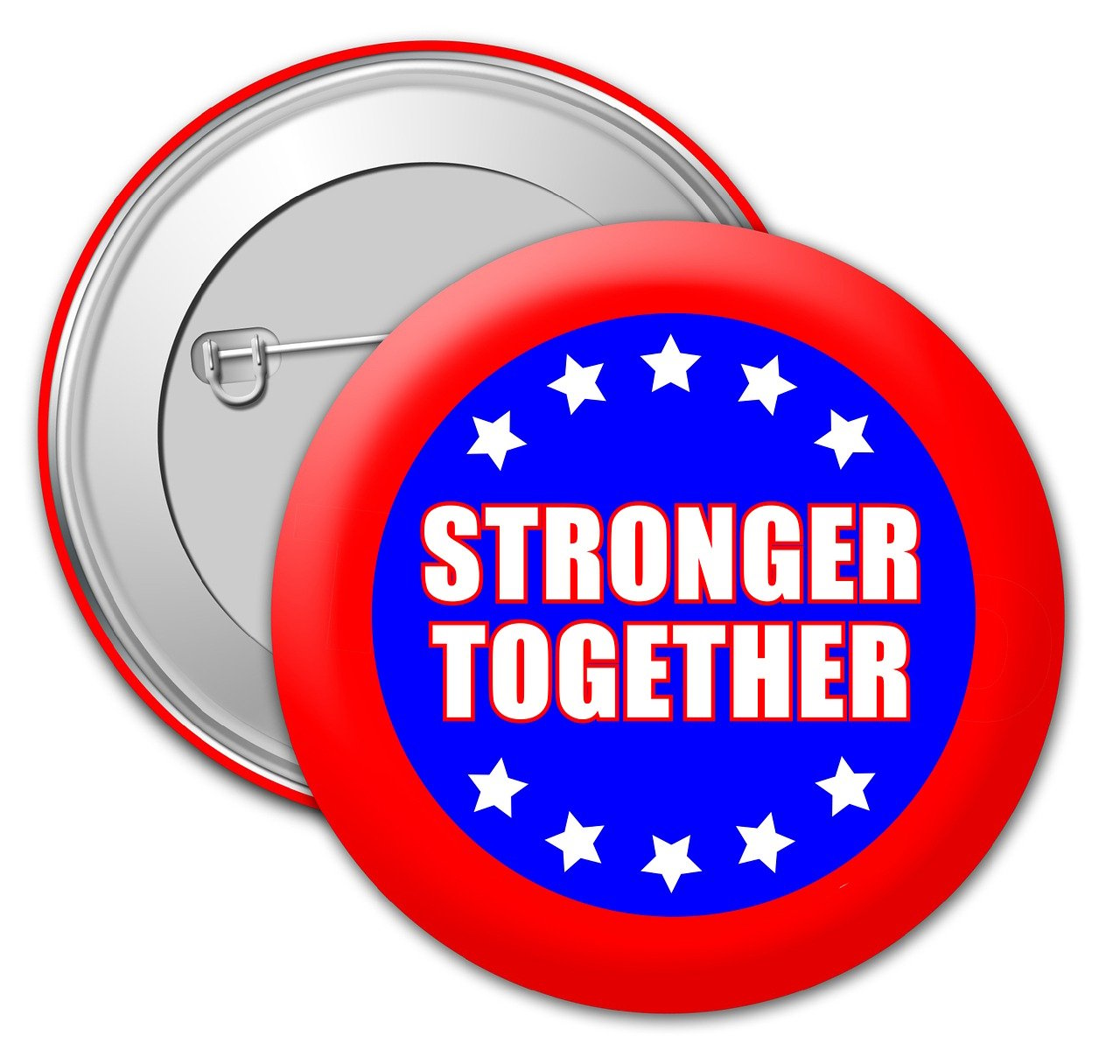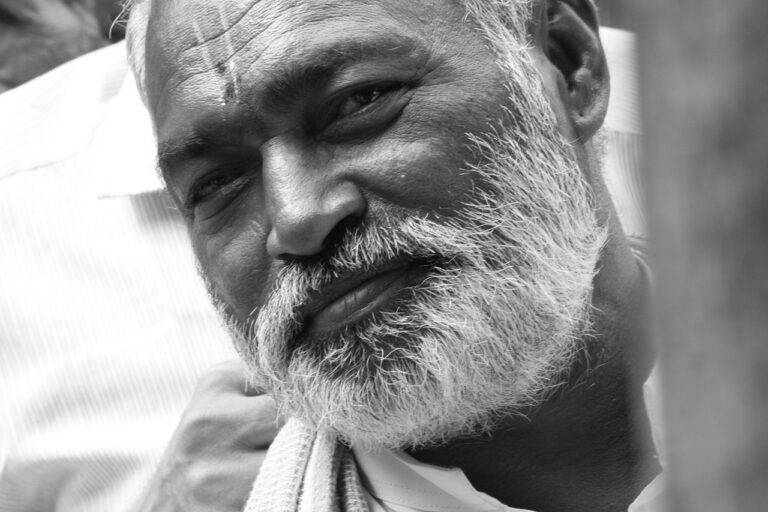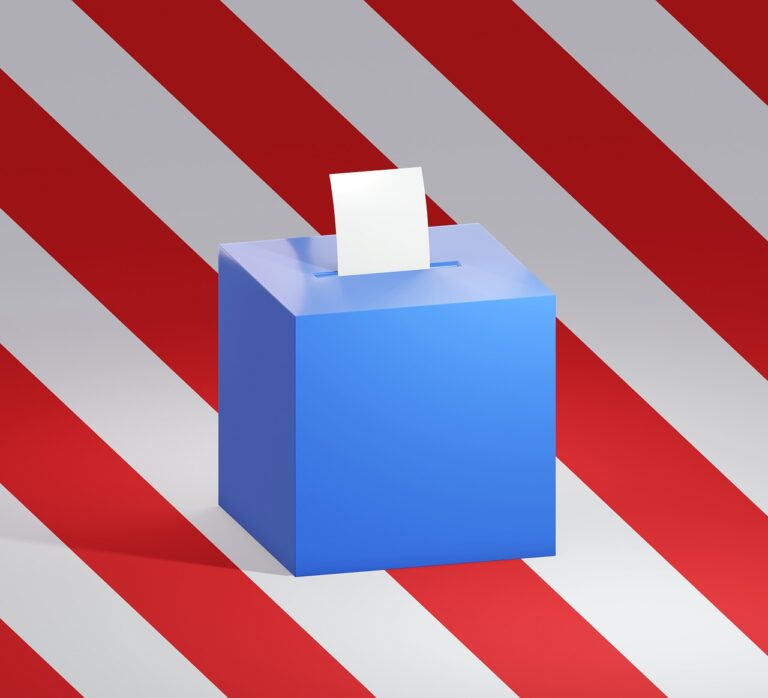Exploring the Role of Crowdsourcing Platforms in Political Polling
Political polling has a long and intricate history that dates back to the early 19th century. The first recorded instance of political polling can be traced back to a straw poll conducted by the Harrisburg Pennsylvanian newspaper in 1824. This informal survey aimed to gauge public opinion on the upcoming presidential election and laid the groundwork for the development of more sophisticated polling methods in the future.
As the years progressed, political polling evolved to become a more systematic and scientific process. The early 20th century saw the emergence of modern polling techniques, with figures like George Gallup and Elmo Roper pioneering innovative methodologies for accurately measuring public sentiment. This shift towards more data-driven and statistically rigorous polling methods revolutionized the field of political polling and paved the way for its widespread use in shaping electoral strategies.
The Evolution of Crowdsourcing Platforms
Crowdsourcing platforms have undergone significant transformations over the years, adapting to the changing landscape of technology and social trends. What once started as a means for collective problem-solving has now evolved into a powerful tool for gathering data and insights on a wide range of topics, including political polling. These platforms have become more sophisticated in their design and functionality, offering users a seamless experience to contribute their opinions and perspectives on various issues.
The rise of social media and mobile technology has played a pivotal role in shaping the evolution of crowdsourcing platforms. With the majority of people now owning smartphones and actively engaging in social networking, these platforms have seen a surge in participation and diversity of contributors. This increased accessibility has not only expanded the reach of crowdsourcing initiatives but has also enabled real-time data collection and analysis, making it an invaluable resource for political polling and decision-making processes.
Crowdsourcing platforms have evolved from collective problem-solving to data gathering and insights
Platforms have become more sophisticated in design and functionality
Social media and mobile technology have played a key role in shaping the evolution of crowdsourcing platforms
Increased accessibility has expanded the reach of crowdsourcing initiatives
Real-time data collection and analysis have made crowdsourcing invaluable for political polling and decision-making processes
Benefits of Using Crowdsourcing Platforms in Political Polling
Crowdsourcing platforms have revolutionized the way political polling is conducted in modern times. By tapping into the collective wisdom and diverse perspectives of a large group of individuals, these platforms offer a more comprehensive and dynamic approach to gathering data on public opinion. In traditional polling methods, a limited number of people are surveyed, which may not fully capture the diversity of viewpoints present in society.
Moreover, crowdsourcing platforms enable real-time feedback and engagement with a wider audience, allowing for more timely and accurate insights into shifting public sentiments. This interactive nature of crowdsourcing platforms enhances the transparency and inclusivity of the polling process, fostering a more democratic and participatory approach to understanding the pulse of the electorate.
What is the history of political polling?
Political polling has been used for centuries to gather public opinion on various political issues and candidates. It has evolved from traditional methods like phone surveys to more modern techniques like online polls.
How have crowdsourcing platforms evolved over time?
Crowdsourcing platforms have grown in popularity and sophistication over the years, allowing for more diverse and global participation in various tasks and projects. They have become a valuable tool for collecting data and opinions from a large group of people quickly and efficiently.
What are some benefits of using crowdsourcing platforms in political polling?
Some benefits of using crowdsourcing platforms in political polling include increased accuracy and representation of diverse opinions, faster data collection, cost-effectiveness, and the ability to reach a larger audience. These platforms can provide real-time feedback and insights that traditional polling methods may not be able to capture.







